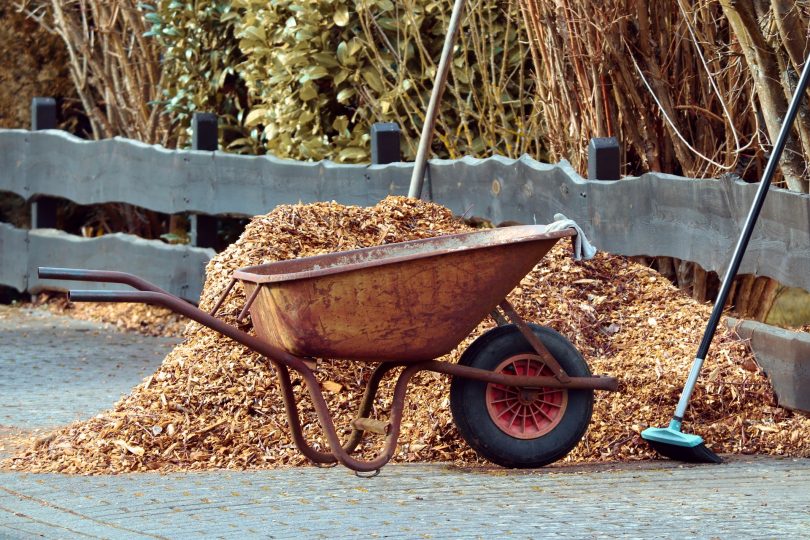
Photo: Manfred Richter, Pixabay.
In these drying times, we often think its the lack of rain that is the reason behind our failing garden, but it is the wily wind that pulls out most of the moisture from our plants and soils.
We are now facing stronger warmer winds from the west, so what strategies can be put in place to lessen these effects?
First of all what direction does your garden face and how do the winds affect it through the different seasons? Can you put in a windbreak of either evergreen bushes or small trees on the offending side? Without too much shade in Winter or affecting your neighbours plot.
Some excellent evergreen food shrubs are small Lily Pily, Citrus, Guava and Feijoas.
If you’re limited by space you could try growing a vine on a well-built trellis as a wind shelter for your hungry veg.
There are many hardy evergreen native climbers that can cope with harsh conditions such as Hardenbergia or exotics like Potatoe Vine or food vines such as Passionfruit (in frost-free areas).
Clumping small Bamboos and Banna Grass (3 metre tall grass related to Sugar Cane) are also excellent windbreaks, although noisy at times. Both provide lots of good silica filled mulch.
How have you placed your garden beds? How exposed to wind are they because of the direction they face?
If you’re on a slope, are your beds on the contour? Making beds on the contour will help to slow down any rain that may fall as well as helping moisture get underground as it filters its way down the slope.
Consider how you mulch your garden.
Keeping the moisture in the ground is key to good health in your garden. With water now becoming extremely precious, we need to focus on making our soils resilient and mulching is part of helping that along.
There are many products out there that are pretty good – sugar cane, pea straw, bales of damaged lucerne and hay (now fetching very high prices). Woodchip and stone are also used as a garden mulch or for footpaths. Whatever you consider remember to keep adding to the mulch as it will break down and dry out too (except for the stone of course).
You’ll need to keep watering your garden after mulching, but a longer deeper soak every now and then will recharge the soil profile helping everything in the garden, not just the individual plants.
Remember, the roots of a plant don’t stop at your pathway edge, roots interweave wherever they can. Moisture helps the fungi in the soil and fungi interacts with plants to enable them to access all the nutrients and minerals they need.
That is why it is imperative you limit or never use herbicides containing Roundup. It silos plants and their roots from each other, as well as from the healthy fungi, making the plants prone to disease and weaker growth.
Good luck and take care out there my gardening friends.
Kathleen McCann is a permaculturalist, artist, good chick, and number 1 worker at Luscious Landscapes.










